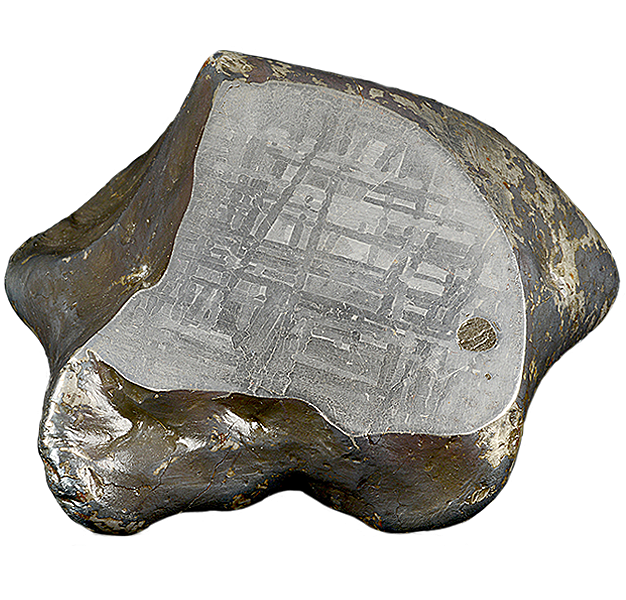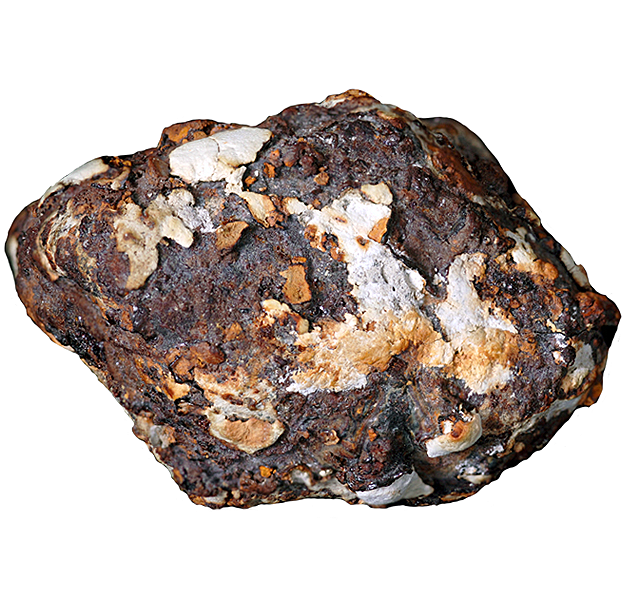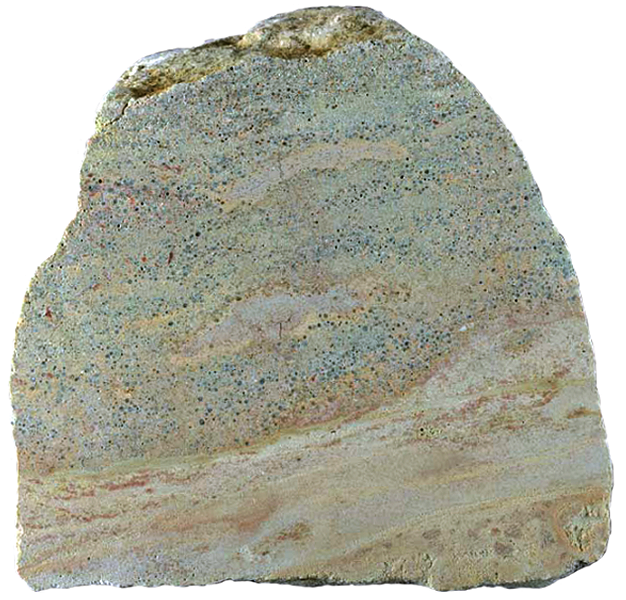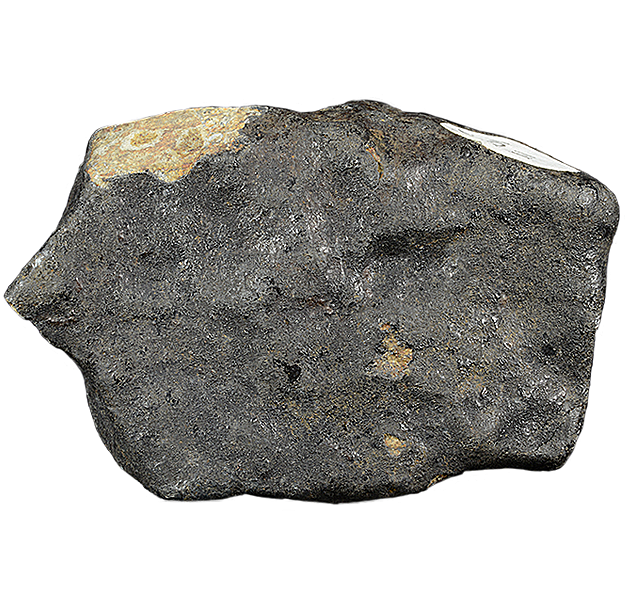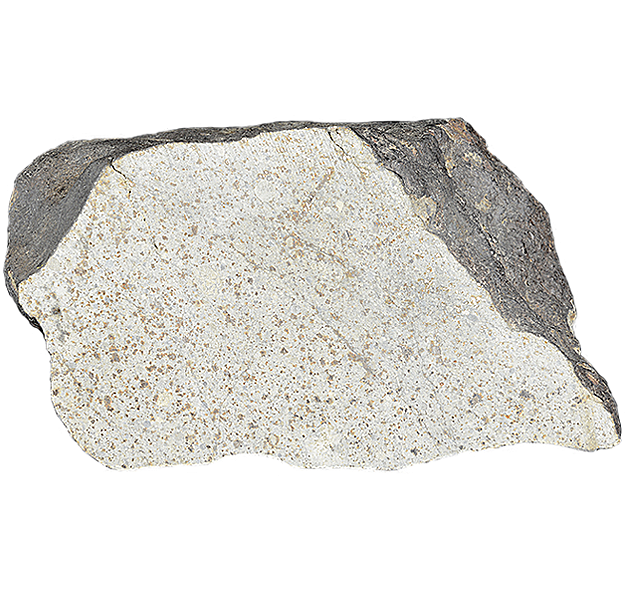
Fact sheet
Following the sound of detonations, the Killeter meteorite fell as a shower of stones in the early hours of April 29th 1844. A total mass of 140 g was recovered.
Killeter is a village in County Tyrone, Northern Ireland.
The Killeter meteorite is classified as an H6 (veined) chondritic meteorite meaning it has a high iron content (12-21%) and distinct chondrules (olivine and pyroxene mainly). Chondrules are thought to have formed from the condensation of hot gases in the solar system around 4.6 billion years ago. In the hand specimen these chondrules are almost impossible to see. Instead it is the rusty alteration haloes around metallic iron and sulphide minerals that are most obvious.
See also:
http://www.bimsociety.org/bim3.shtml
http://www.lpi.usra.edu/meteor/metbull.php?code=12309
Specimen: BM90268
This Collection consists of meteorites that have fallen in Great Britain and Ireland and which are now preserved in museum collections. We have also included samples of the two known meteorite impact deposits in the UK.
The Natural History Museum in London offers more information about meteorites and meteorite categories; there is more information about its meteorite collections here.

